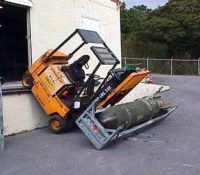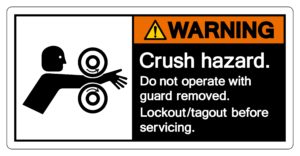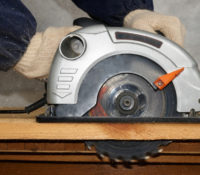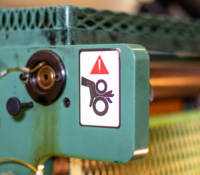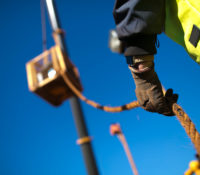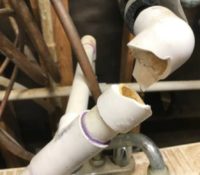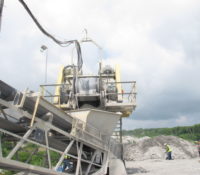The Best Use of Visibility Aids – Contrast
There are various visibility aids marketed for vulnerable road users (VRUs). Here, the term VRU is used to describe unprotected road users such as pedestrians and bicyclists. Visibility aids are designed to increase a VRU’s contrast within their environment, making them more distinguishable from the background to a driver. These visibility aids can include both active and passive ways to increase the VRU’s contrast, therefore their visibility. As the name implies, active visibility aids actively transmit light and are powered by a source (i.e., battery powered bicycle headlights and taillights) while passive visibility aids passively reflect light coming from outside sources (i.e., fluorescent, and retroreflective clothing).
There are a wide variety of active visibility aids to choose from on the market. For example, Read More



